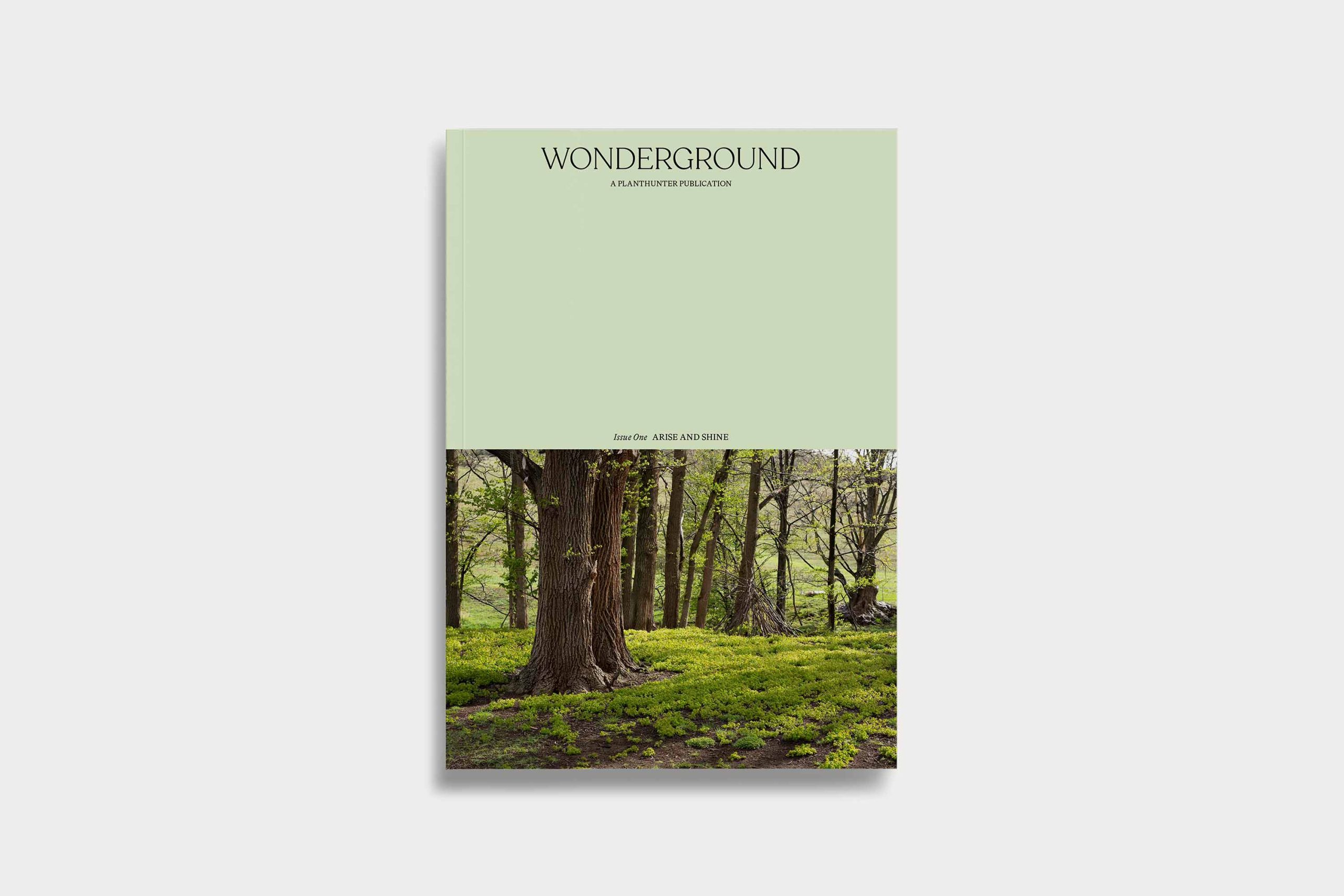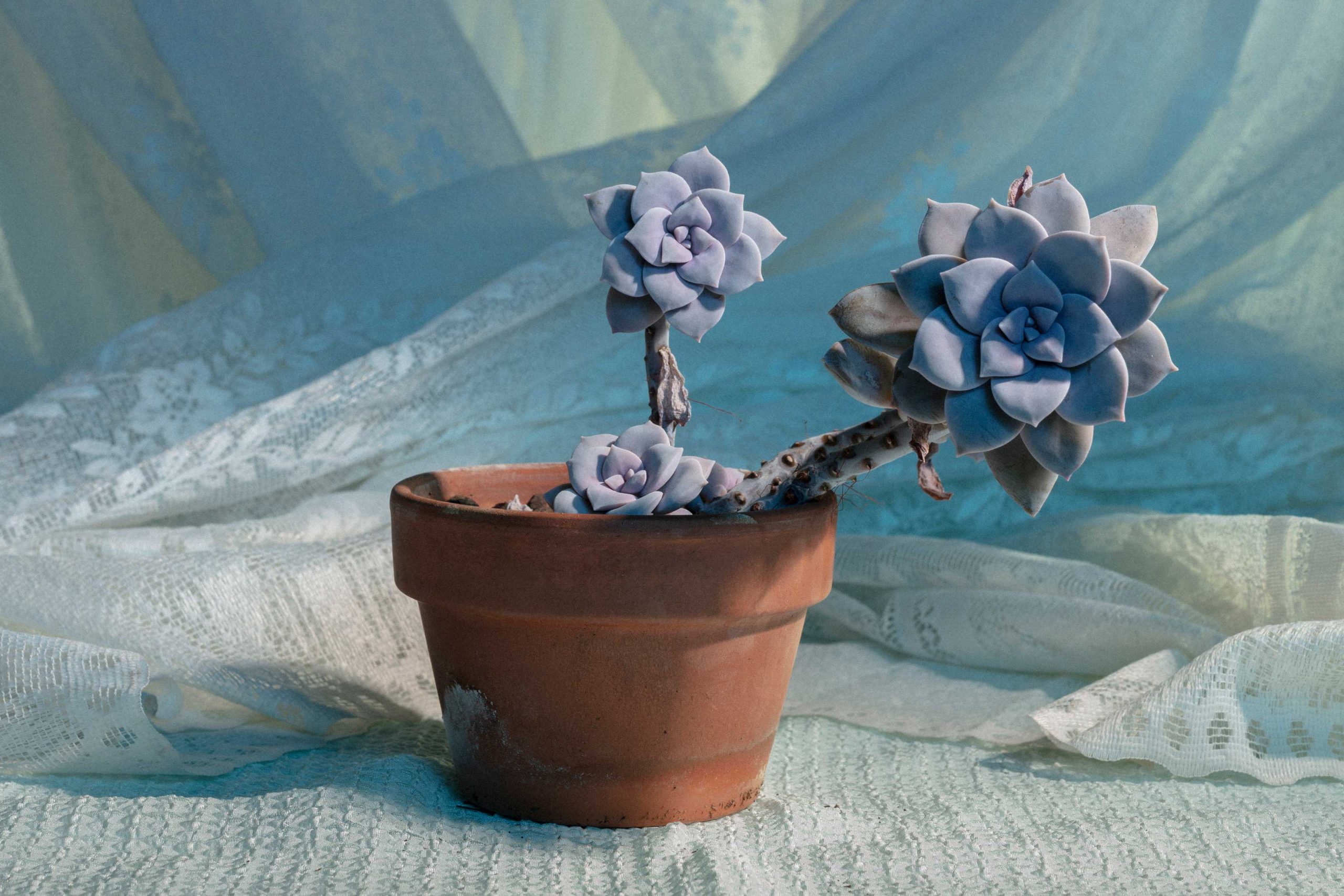Farming Futures: A Conversation with Bruce Pascoe

Bruce Pascoe is an Australian writer, historian and farmer. He’s of Yuin, Bunurong and Cornish descent and is the author of Dark Emu, a seminal book exploring the misrepresentation of pre-colonial Indigenous land management and food production. In 2018 he moved to a farm near Mallacoota on Victoria’s east coast. As the founder of Indigenous social enterprise, Black Duck Foods, Pascoe is committed to relearning and teaching Indigenous traditional food growing processes. This is not farming in the way it’s typically imagined – monocultures and mechanical language – but farming as a framework of care for land and people that is as old as Country itself.
Ash Elliot: What are you growing at the moment?
Bruce Pascoe: We’ve got dancing grass, mandadyan nalluk. We harvested that in late June. We’ve got kangaroo grass, we were going to harvest that, but it got burnt in the fires. It’s starting to come back. We’ve got three or four different kinds of murnong, bulbine lily, arthropodium and a few things like that. Some of it is the product of original seed, some we’ve sourced from the farm or the bush, and some we’ve bought.
AE: What does it look like, your way of farming?
BP: We try to follow the traditional methods. We’re looking at how the old people would have handled the plants, how they would have harvested them. How they would have been maintained. We’re looking at the use of fire. We’re in very early stages of understanding these plants. Our method is to plant as much as we can and watch the plants to see how we can interact with them to get product.
As soon as you start talking farming, you’re starting to look at monocultures. We can’t do that. It’s not exactly companion planting but here the plants support each other. We’re looking at which grains grow together, and how you then harvest them. The answer is probably that they’re harvested together, and a blended flour is made from those grains.
AE: What drove you to start farming grains on this scale?
BP: I was really concerned the excitement surrounding these plants would mean that other people would take them away from us. There’s so many bakers and chefs wanting to experiment with native grains. I could just see that if we couldn’t supply them with food, they’d go and do it themselves. Aboriginal people would be left behind, with all the goodwill in the world. This has happened very frequently. Aboriginal people have typically been the last people to be consulted when it comes to something like this. We’re trying to ensure it doesn’t happen again.
AE: It must be very challenging and exciting, but also heartbreaking in a way, to be working with these plants again. Knowing how much has been lost.
BP: We try not to think about the loss. We try to look at the positives – at least we are retrieving that knowledge and, in the process, we are trying to retrieve our intellectual property in the plants.
It’s incredible and it’s exhausting because everything we are doing is new to us. We’re not following any template. A lot of it is trial and error. So much of it is establishment. We have to establish our gardens and greenhouses and potting sheds. Everything is from scratch. We’ve been very fortunate that so many of our staff have bought into the ideas and ethic of this project.
AE: Is this the first opportunity to put into practice your thinking around Indigenous agriculture?
BP: Dark Emu was all theoretical, except for my general knowledge of the bush. But many of the plants I’d never eaten. In 2015 or 16 I started growing murnong from seed. From that point on, there’s been an effort to make sure Aboriginal people are involved in the knowledge of these plants.
AE: How do you envision the future of growing Indigenous grains, and the Indigenous ownership of these processes?
BP: I envisage that Aboriginal communities that are able to get parcels of land will be able to employ these methods. The aim of our farm is that we help them do that. By bringing them here and showing them what is possible. Help them set up their own farm, depending on what they need. It’s a learning process. Ultimately, we’d also like to help people get land.
The whole thing is about establishing intellectual property, but also establishing our employment. We want to be employed in this industry. I want my children and my grandchildren to be employed in this industry. I want the great-grandchildren of the people working on the farm to be employed in this. I want it to be known that these people are Aboriginal, they are expressing their right to be involved in this industry. This doesn’t exclude non-Aboriginal people by any means, it’s impossible. We’d be wasting our time and effort and creating ill will. What we want is just to be part of the industry.
We want to say to the well-meaning Australians, ‘Buy our product first’. We want people to prefer to buy from Aboriginal people as a way of conciliation.
AE: I imagine, given the ways in which white Australia doesn’t seem to want to acknowledge the true history of our occupation, that food might be a somewhat more accessible path towards shared understanding?
BP: Telling a historical story through food is a gentler way than talking about massacres. We need to talk about massacres, but if we want real improvement, perhaps we need a gentler conversation. The reason for that is that Australians are gun-shy about the history of the country. They haven’t really absorbed the full meaning of their history. I don’t like having to soften it, but the reality is if we want people to co-operate, we have to do that. A lot of Aboriginal people don’t want to dumb it down to that extent, but I think we probably have to.
AE: What about the educational aspect of the farm?
BP: We’re trying to make it as open to people to come here and look as we can. Whilst at the same time maintaining our intellectual property. We want people to come here and learn and we’re relying on good faith. A lot of Aboriginal people think we’re wasting our time relying on such a thing, but I don’t think there’s a choice. The elder that gives me most of my lore and authority says, ‘Look, if we want to keep our culture, we’ve gotta give it away’. That’s the principle we work from on the farm. We’ll virtually tell you anything, some of it in language, and if you know the language, you’re welcome. You’ve done the hard yards.
AE: This is an important project, Bruce. You must be proud.
BP: There’s no heroism involved. It’s just what I’ve gotta do. I’ve got obligations to the community and I don’t really have a choice. The elders of the community are supporting this, but they also require it. Eden is a devastated social community – lotta drugs, lotta jail, but a lot of good people. The elders are throwing their weight behind this project because we’re employing people who wouldn’t get a job anywhere else.
AE: Thanks for talking with me Bruce, what are you doing this afternoon?
BP: One of the workers is making a farm gate to keep the ducks in and protected from the foxes. Another group are building a deck for a tiny house we’ve built to accommodate visitors and I’m going to help my son-in-law install a toilet. We’re all celebrities here!








